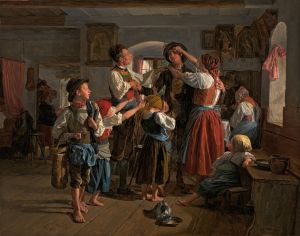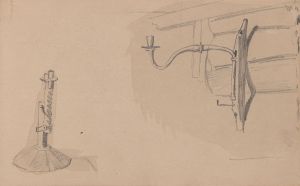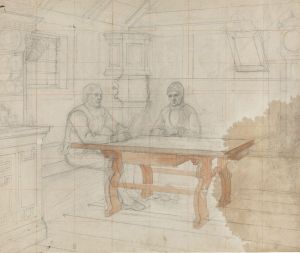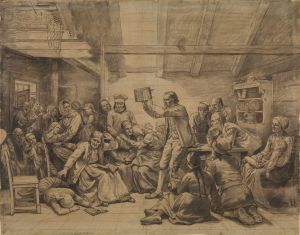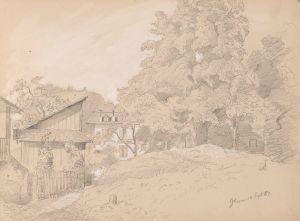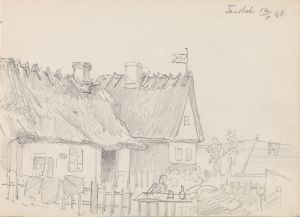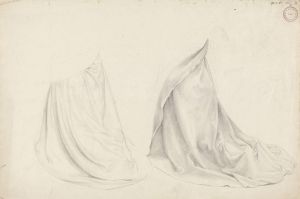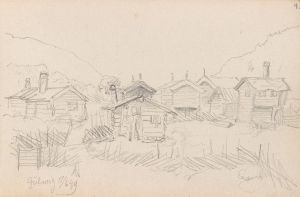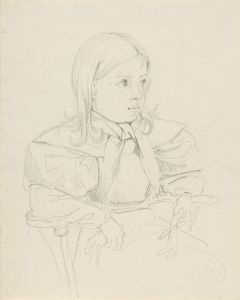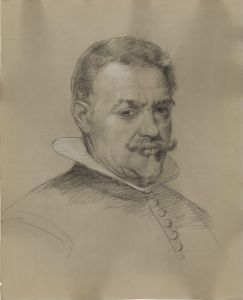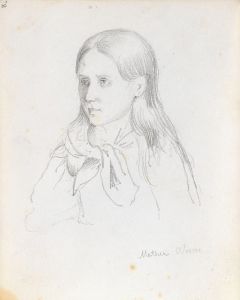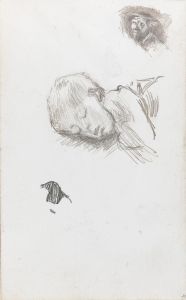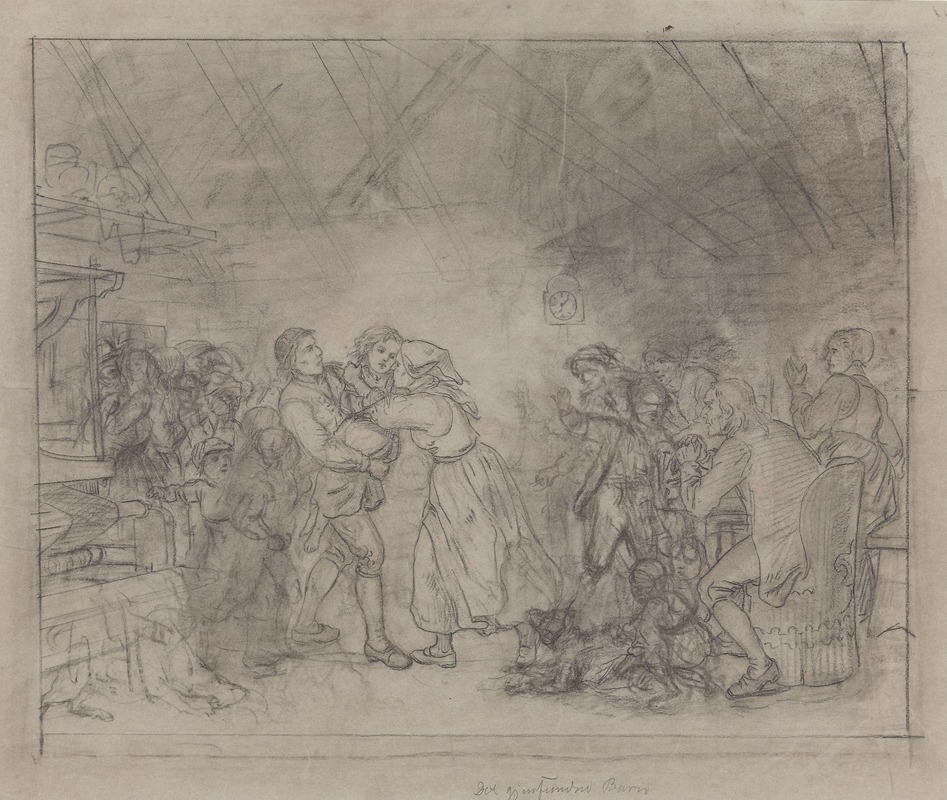
Det gjenfundne barn
A hand-painted replica of Adolph Tidemand’s masterpiece Det gjenfundne barn, meticulously crafted by professional artists to capture the true essence of the original. Each piece is created with museum-quality canvas and rare mineral pigments, carefully painted by experienced artists with delicate brushstrokes and rich, layered colors to perfectly recreate the texture of the original artwork. Unlike machine-printed reproductions, this hand-painted version brings the painting to life, infused with the artist’s emotions and skill in every stroke. Whether for personal collection or home decoration, it instantly elevates the artistic atmosphere of any space.
Adolph Tidemand was a prominent Norwegian painter in the 19th century, known for his detailed and evocative depictions of Norwegian folk life and culture. One of his notable works is "Det gjenfundne barn," which translates to "The Recovered Child." This painting is a significant example of Tidemand's ability to capture emotional depth and narrative within his art.
Adolph Tidemand was born on August 14, 1814, in Mandal, Norway. He studied at the Academy of Art in Copenhagen and later continued his studies in Düsseldorf, Germany, which was a major center for art and culture at the time. Tidemand became associated with the Düsseldorf School of painting, which emphasized detailed landscapes and genre scenes. His works often focused on Norwegian themes, reflecting the national romanticism movement that sought to celebrate and preserve Norwegian culture and identity during a time of growing nationalism.
"Det gjenfundne barn" is a poignant piece that reflects Tidemand's interest in storytelling through art. The painting depicts a scene of emotional reunion, where a child, previously lost, is found and returned to their family. The composition is carefully arranged to highlight the emotional expressions of the figures involved, capturing a moment of relief, joy, and gratitude. Tidemand's use of light and shadow, as well as his attention to detail in the characters' clothing and surroundings, adds to the realism and emotional impact of the scene.
The painting is a testament to Tidemand's skill in portraying human emotions and interactions. His works often included elements of Norwegian folklore and traditions, and "Det gjenfundne barn" is no exception. The painting not only tells a personal story but also reflects broader themes of community, family, and the human experience. It is a celebration of the resilience and strength of familial bonds, a common theme in Tidemand's oeuvre.
Adolph Tidemand's contribution to Norwegian art is significant. Alongside his contemporary Hans Gude, he created some of the most iconic images of Norwegian life in the 19th century. Their collaborative work, "Bridal Procession on the Hardangerfjord," is another example of their impact on Norwegian national romanticism. Tidemand's focus on everyday life and his ability to convey deep emotion through his paintings have made his works enduringly popular.
"Det gjenfundne barn" is housed in the National Gallery of Norway, where it continues to be appreciated by art enthusiasts and historians alike. The painting remains an important part of Norway's cultural heritage, illustrating the power of art to capture and convey the essence of human experiences across time.
Adolph Tidemand passed away on August 25, 1876, but his legacy lives on through his art, which continues to inspire and resonate with audiences today. His dedication to portraying Norwegian life and his ability to tell compelling stories through his paintings have cemented his place as one of Norway's most beloved artists.






